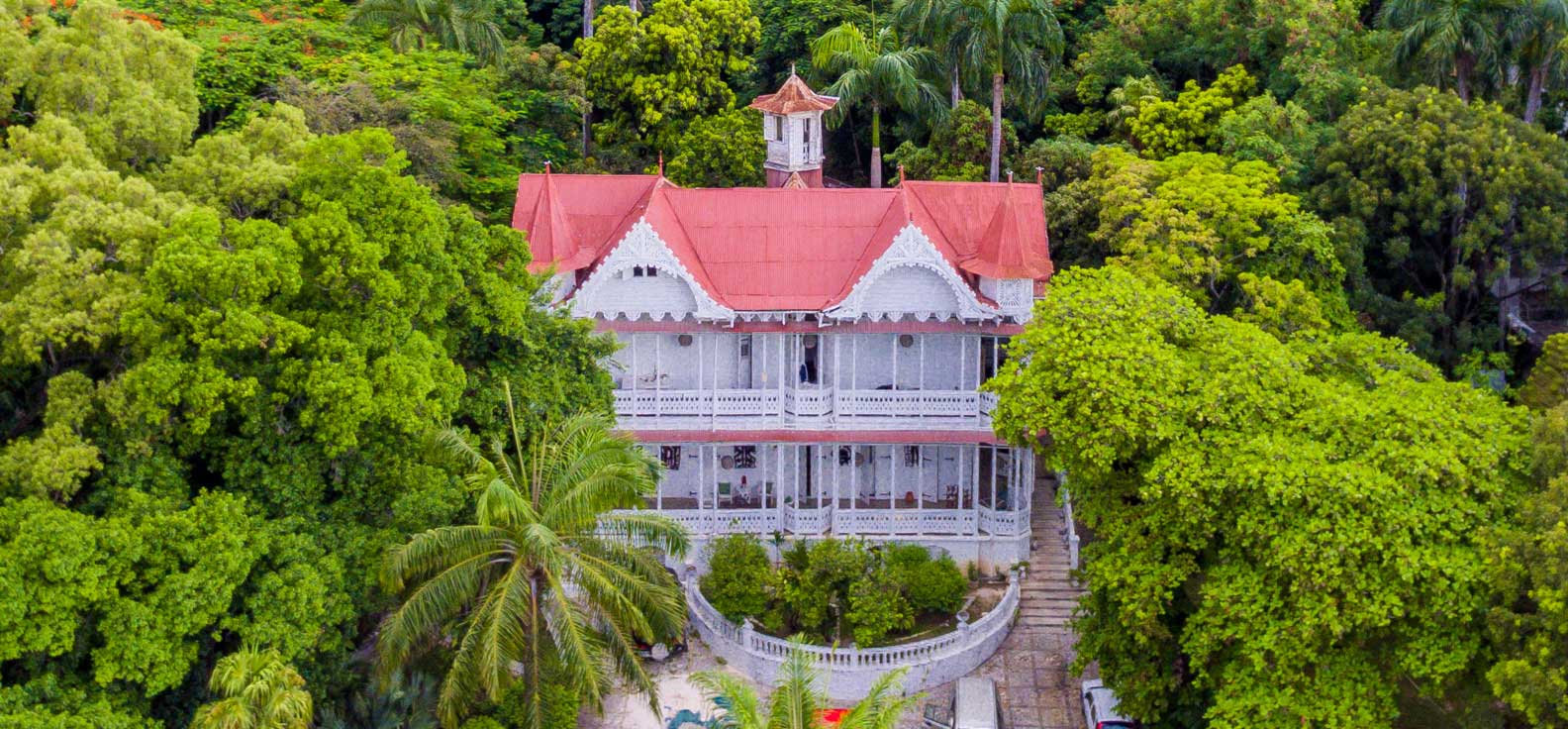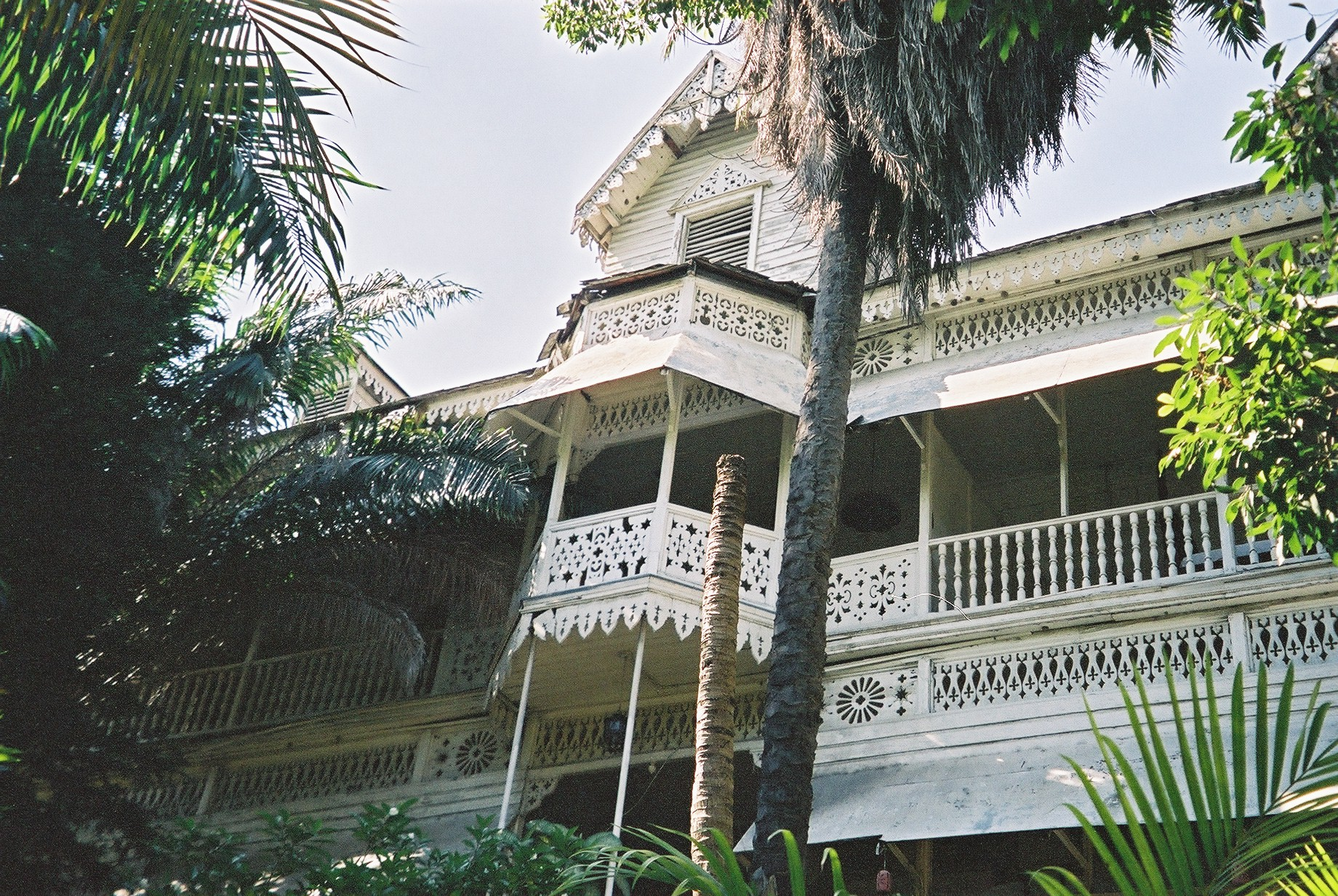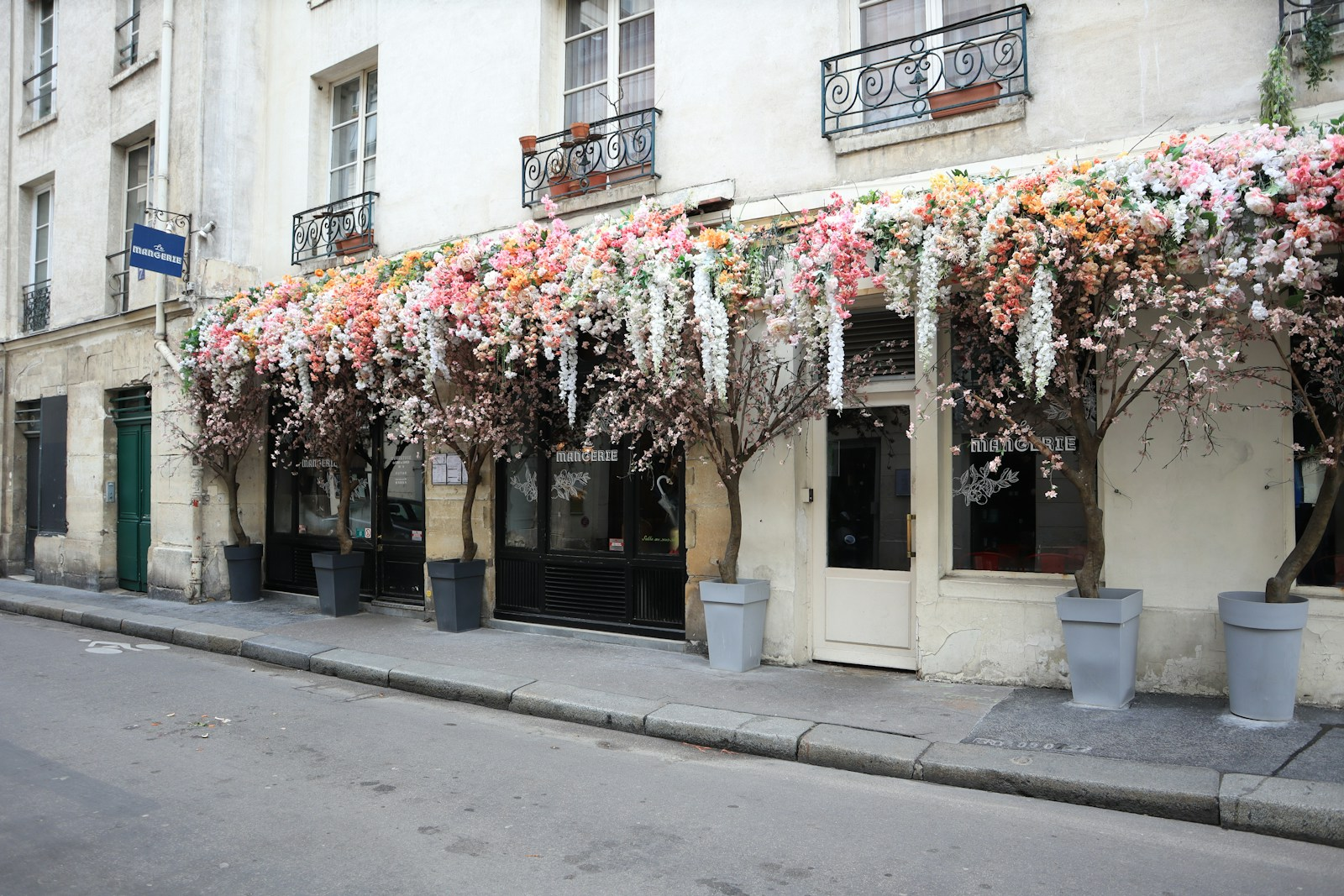Haiti’s Gingerbread Houses—ornate architectural gems blending Caribbean design and heritage. Explore their history, preservation, and travel guide to visiting these living landmarks.
Introduction
In the hills of Port-au-Prince and beyond, a collection of ornate wooden homes tells a story of resilience, artistry, and cultural identity. Known as Haiti’s “Gingerbread Houses,” these architectural treasures date back to the late 19th and early 20th centuries, when Haitian architects trained abroad returned home and blended European design with Caribbean vernacular, creating a unique Haitian architectural language.

Today, they stand not only as elegant dwellings but also as fragile markers of national heritage—and compelling destinations for travelers drawn to history, design, and cultural immersion.
Originally, Gingerbread Houses were built as the residences of powerful Haitian families, and many surviving examples have housed Haitian presidents. During the 1900s, some of these Gingerbread residences were acquired or built by Catholic institutions, which is why many of the Catholic schools and buildings you can see today are examples of the Gingerbread style.
A Distinctly Haitian Style
The Gingerbread Houses of Haiti emerged during a period of architectural innovation led by figures such as Georges Baussan, and Léon Mathon. Inspired by Victorian and French influences, they crafted a new style adapted to the island’s tropical climate.

Key features include:
- Steep, pointed roofs designed to ventilate and withstand heat.
- Expansive wraparound verandas shaded by fretwork.
- Ornamental details—wooden lacework, spindles, and painted trim including vèvè symbols from Haitian Vodou
- Flexible timber frames
Living Heritage at Risk
Time, natural disasters, and economic instability have threatened these landmarks. Many Gingerbread Houses were damaged during the 2010 earthquake, and ongoing neglect places others at risk of collapse. Yet preservation efforts, led by organizations like the Fondation Connaissance et Liberté (FOKAL), have worked to restore key structures and highlight their cultural importance.
The Peabody house and timber frame house survived the earthquake almost undamaged. Image
What makes the Gingerbread Houses remarkable is not just their beauty, but their endurance. Built with flexible timber frames, many withstood earthquakes better than concrete buildings, offering lessons in sustainable design that feel especially relevant today.
A Cultural Lens for Travelers
For visitors to Haiti, exploring Gingerbread Houses is a chance to see the island through both an architectural and cultural lens.

Photo: World Monuments Fund
In Port-au-Prince
- Pétion-Ville and Pacot are districts where clusters of Gingerbread Houses still stand, often nestled among modern structures. Walking tours organized by local guides reveal the layered history of each home.
- Some restored houses now serve as cultural centers, cafés, or guesthouses, blending heritage preservation with contemporary use.
Beyond the Capital
- In Jacmel, a historic seaside town, the Gingerbread influence merges with French colonial architecture. Its colorful streets, Carnival tradition, and artistic community make it an essential stop for travelers interested in design and culture.
Pairing these architectural explorations with Haiti’s thriving art scene, music, and markets turns a heritage tour into a full cultural immersion.
Why They Matter Today
The story of Haiti’s Gingerbread Houses is about more than architecture. They symbolize resilience—homes that have weathered political upheaval, natural disaster, and neglect while still standing as icons of Haitian ingenuity.
For architects and designers, they are case studies in sustainable building. For travelers, they are an entry point into Haiti’s layered history. For Haitians, they are living landmarks that root cultural identity in artistry and place.
Organizations like Kolektif 509, FOKAL, Fondation Viviane Gauthier and Le Centre d’Art are restoring iconic Gingerbread Houses and opening them up to the public as spaces to preserve, practice and promote Haitian art forms.
Traveler’s Guide: Experiencing Haiti’s Gingerbread Heritage
Where to Stay
- Manoir Adriana Hotel (Jacmel) – A restored Gingerbread-inspired property in the heart of Jacmel, perfect for travelers who want both architectural atmosphere and proximity to the city’s art galleries and Carnival culture.
- Guesthouses in Pacot – Several restored Gingerbread homes in Port-au-Prince’s Pacot district now operate as intimate guesthouses or cultural centers, giving travelers a chance to “live” inside this architectural legacy.
Where to Eat & Drink
- Brasserie Quartier Latin (Port-au-Prince) – Set in a Gingerbread-style building with lush gardens, this restaurant is known for its mix of Haitian and French flavors.
- Jacmel’s Seaside Cafés – Along the boulevard, small restaurants serve fresh seafood against the backdrop of colorful Gingerbread facades.
What to See & Do
- Walking Tours of Pacot & Pétion-Ville – Guided walks reveal the history of surviving Gingerbread Houses, often with access inside restored properties.
- Maison Dufort (Port-au-Prince) – A striking Gingerbread residence restored by FOKAL, open to visitors as a cultural hub.
- Historic Jacmel – Beyond its architecture, Jacmel offers vibrant art studios, Carnival mask-making workshops, and a slower pace by the sea.
- Le Centre D’ Art – Established in 1944 , Le Centre D’ Art is one of the oldest surviving cultural organizations in the Caribbean and serves as a gallery, museum, and art school.




